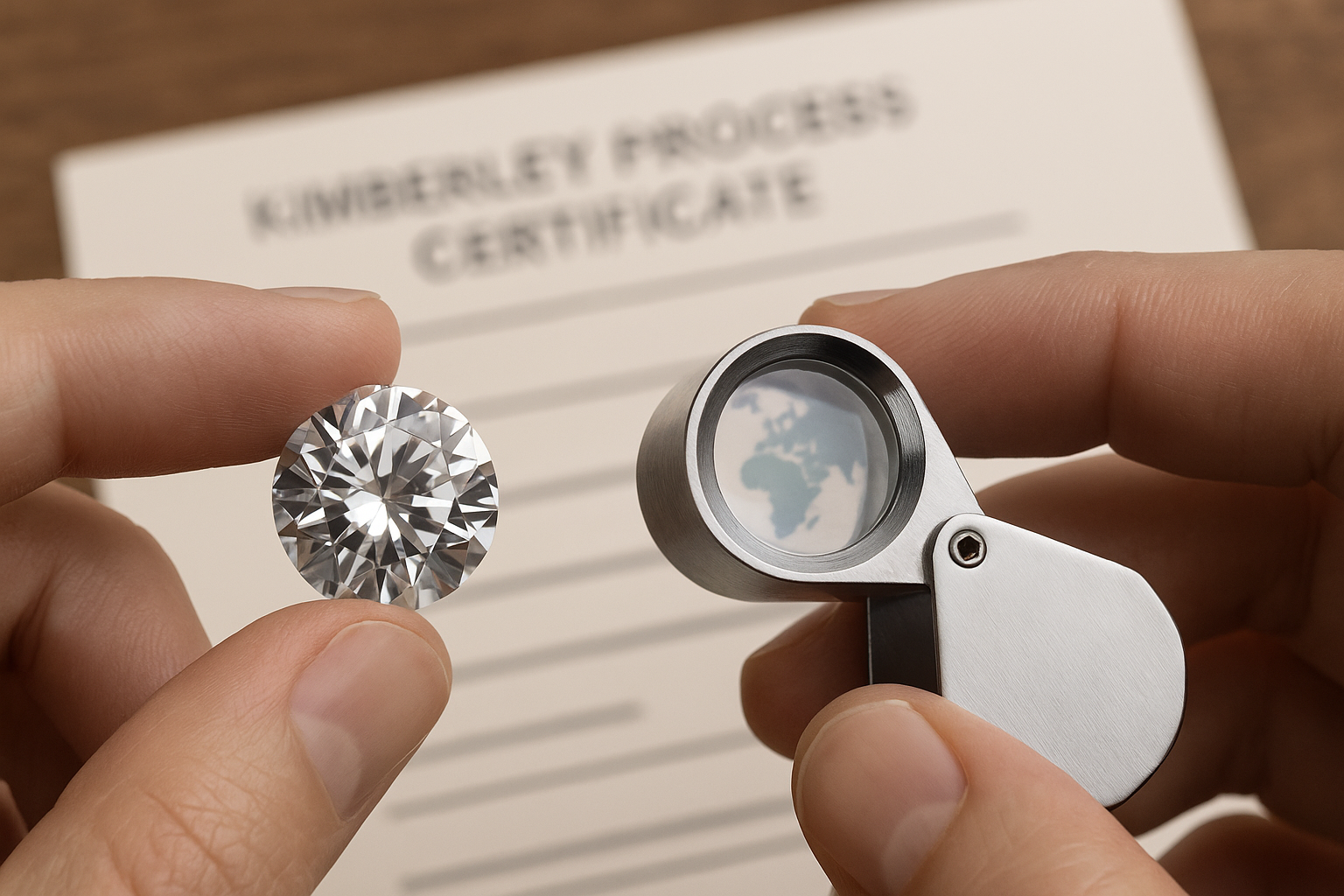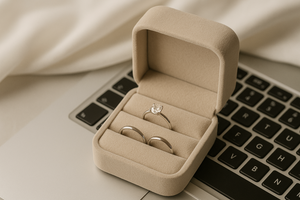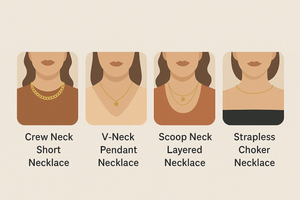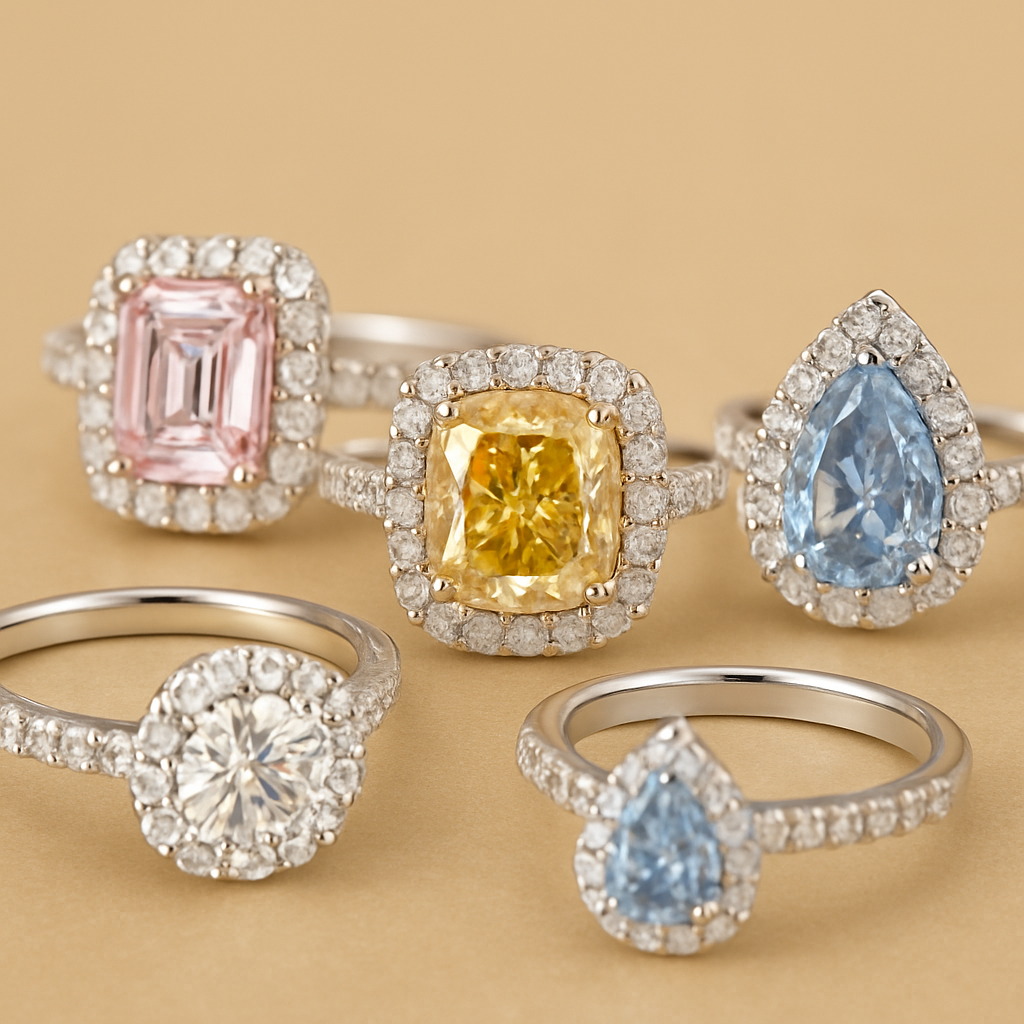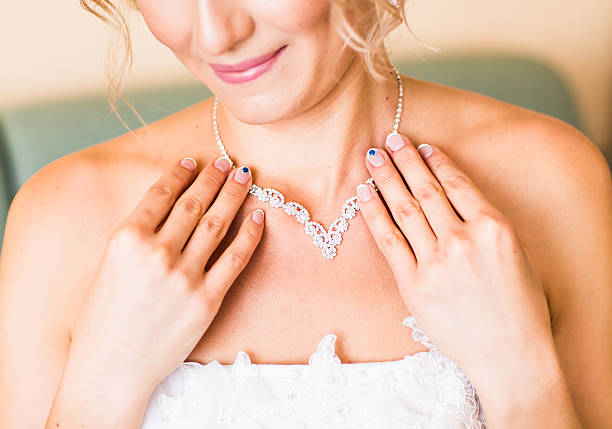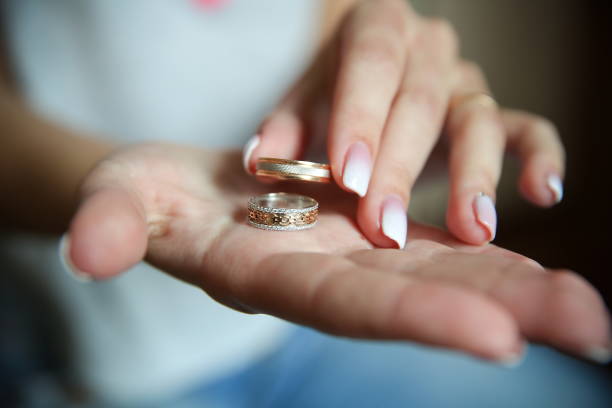Buyers of today desire transparency, sustainability, and accountability in addition to sparkle. Customers are calling for diamonds sourced ethically as awareness of unethical mining methods, environmental harm, and human exploitation rises. However, what precisely qualifies a diamond as ethical, and how can one confirm it? This is your comprehensive guide to determining whether your diamond actually reflects your values.
🌍 1. Check the Origin: Where Was It Mined or Grown?
The origin of a diamond says a great deal about its source.
- Ethical Mining Sources: Canada, Botswana, and Namibia all have well-regulated mining sectors, usually with contributions to local infrastructure, education, and healthcare. Full traceability and restoration of the environment is demanded in Canada, for example.
- Unofficial Sources: Some of those diamonds that have been mined in certain regions of Central and West Africa could still go through illegal channels, where working conditions are hazardous, and the revenue goes to support armed conflict.
- Lab-Grown Diamonds: These are grown in controlled laboratories—most often in the USA, India, or Singapore—without harming the Earth or endangering lives. They don't need to be mined, so they are inherently more ethical.
🧭 Ask your jeweler: "Do you have documentation showing the mine or lab of origin?" If not, they might not be buying transparently.
📜 2. Look for Ethical Certifications (Beyond the 4Cs)
Certifications indicate integrity in the sourcing process and go beyond cut, color, clarity, and carat.
- The Kimberley Process is the global standard and was created to prevent conflict diamonds. It is constrained, though, as it solely covers rough diamonds and ignores environmental damage and labor rights.
- Diamonds mined in Canada using ethical methods and complete traceability from mine to market are guaranteed by CanadaMark.
- Diamonds are certified as climate-neutral, ethically sourced, and sustainable throughout their whole lifecycle by the new industry gold standard, SCS-007 Certification.
- IGI + GIA with Lab-Grown Tags: These labs now provide unambiguous tags that indicate whether a diamond was grown in a lab and, frequently, the production lab.
📝 Warning sign: You're only getting half the picture if your jeweler gives you a grading certificate without any sourcing credentials.
🔁 3. Ask About Chain of Custody or Blockchain Tracking
Digital traceability is a component of contemporary ethical diamond sourcing:
- From raw stone to finished product, tamper-proof records are stored by blockchain systems like Everledger or Tracr (used by De Beers).
-
Blockchain allows you to track:
- Which laboratory or mine produced the diamond?
- Who did the cutting and polishing?
- Where and when it was transferred
- Its ultimate location and vendor
- You can scan the QR codes provided by certain retailers to view the complete history of your diamond on your phone.
🔐 Why it matters: Diamonds can travel across numerous nations. Even a "certified" stone could be combined with products sourced unethically if there is no clear tracking.
🧑🌾 4. Research the Jeweler’s Ethical & Environmental Values
The diamond is just one component—the mission of the brand counts too.
- A genuine ethical brand provides:
- Where they source their diamonds
- What labs or mines they work with
- How they source their metal (recycled or fair trade?)
- What they're doing to decrease carbon footprint
- Search for transparency pages, impact reports, or videos describing their practices.
- Ethical brands also spend money on:
- Low-emission production
- Plastic-free packaging
- Fair wages for designers and goldsmiths
🌟 San Liora's Promise: Each stone is lab-created with IGI certification, and each ring is handmade with recycled gold or platinum. No shortcuts, no secrets.
🧒🏽 5. Ensure Fair Labor & Human Rights Protections
Fair treatment of people at every stage is a sign of ethical sourcing.
-
Workers in unethical mines encounter:
- 14-hour workdays
- Being around harmful substances
- Insufficient or nonexistent compensation
- Risks of human trafficking and child labor
-
On the other hand, moral supply chains guarantee:
- secure workplaces
- Lawful wages
- No exploitation of children
- When appropriate, union representation
- For instance, under stringent government control, Botswana's diamond industry provides free public education and national healthcare.
🧠 Advice: Find out if your jeweler supports any nonprofit partners or social programs; this often reveals their deeper values.
📦 6. Look for Sustainability in Packaging, Shipping & Metal

An "ethical diamond" is meaningless if it's wrapped in plastic and mounted in irresponsibly sourced gold.
Here's what an eco-friendly jewelry product contains:
- Recycled metals: Gold, platinum, and silver can be processed without new mining—safeguarding ecosystems and aboriginal lands.
- Low-emission production: Renewable energy use in labs and workshops.
- Eco-friendly packaging: FSC-certified boxes, no foam inserts, recyclable mailers.
- Carbon offsets: Some companies invest in reforestation or renewable energy credits with each purchase.
🌱 San Liora employs recycled metals exclusively and ships all jewelry in low-waste, refined packaging—designed to be stunning without harming the planet.
❤️ 7. Choose Lab-Grown for the Highest Ethical Confidence
Still not sure? The simplest way to achieve ethical sparkle is with lab-grown diamonds.
- produced in a laboratory by HPHT (High Pressure High Temperature) or CVD (Chemical Vapor Deposition).
- require no blasting, excavation, or harm to the environment.
- Physically, chemically, and visually identical to diamonds that have been mined.
- frequently 40–60% less expensive, allowing you to make higher-quality investments without sacrificing your morals.
🔬 All of the diamonds at San Liora are lab-grown and IGI-certified, fusing science and soul to create meaningful brilliance.
✨ Final Thoughts: Choose a Diamond That Reflects Your Heart
A diamond doesn't just symbolize love—it should symbolize values, as well.
When you select an ethically mined or lab-grown diamond, you're not merely purchasing jewelry. You're investing in dignity, sustainability, and a world where luxury is never founded on harm.
We at San Liora think the beauty of a diamond lies not just in how it refracts light—but how it's created.
Let your ring tell a story you’ll be proud of—crafted with care, worn with joy, and rooted in values that shine.


